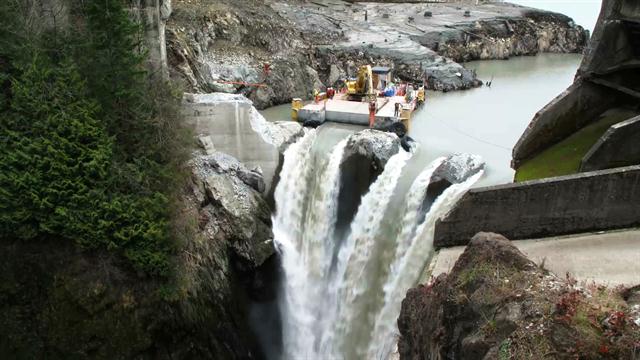
In 2021 the 4 Klamath River mainstream Dams will come down, and this will be a new high eclipsing the Elwah project, which while significant, and satisfying, and beautiful, and moving, let's admit it, is a minor river ( 1,507 avg discharge to Straight of San Juan De Fuca off the Pacific Ocean) compared to the Klamath, which at 17,300 CFS at it's mouth on the Pacific makes it the 45th biggest river by flow in the USA.
If the Klamath goes well, the next bullseye seems to be on the Lower Snake River for a mass project, as a means of saving the suffering and genetically stifled salmon runs that used to be the greatest in the world, from the Colombia Basin.
According to American rivers:
From 1912 through 2018, 1,578 dams have been removed in the U.S.
American Rivers does a great job of tracking all this, but they didn't ever do a chart of the Total Annual Removals until I had done one.. I want to release this one independent of any article:
total since 1912:1578
Dam's removed prior to 1999: 553 dams
Average Annual Removals from 1912 to 1998: 6.4 dams per year
Average Annual Removals since 1999: 51.25
Average Annual Removals since 2010: 67.1




